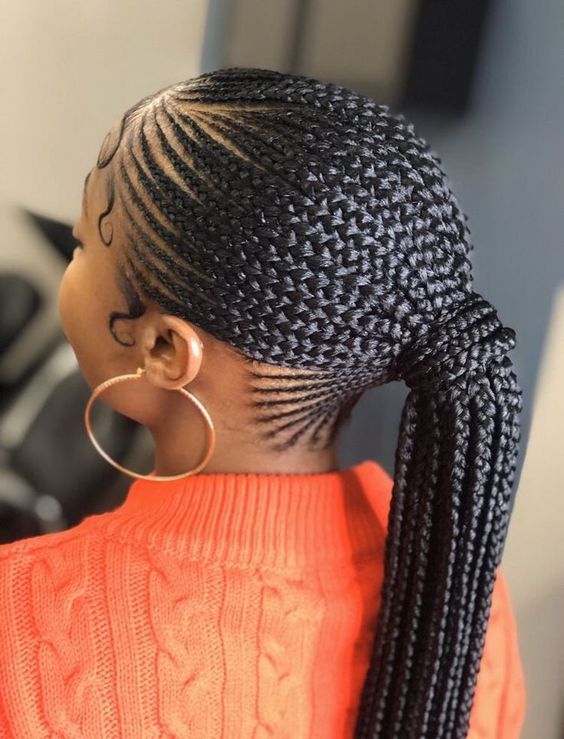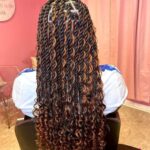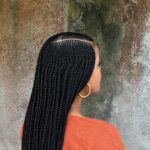Braided hairstyles have long been a staple in African culture, celebrated for their beauty, versatility, and protective qualities. Among the many styles, Ghanaian Cornrows stand out for their intricate technique and cultural significance. But what sets them apart from other braiding styles?
Ghanaian Cornrows, also known as Ghana braids or banana braids, are distinctive for their gradual thickness. Unlike traditional cornrows, which maintain a consistent size throughout the braid, Ghanaian Cornrows start small at the scalp and gradually become thicker as additional hair is fed in. This “feed-in” technique creates a sleek, raised effect that gives the braids a more sculpted and dynamic look.
In contrast, styles like box braids, Senegalese twists, or micro braids involve braiding the hair from the root without the same gradual buildup. While these styles also offer versatility and protection, they differ in texture, appearance, and technique. For example, box braids are typically parted in square or triangular sections, and micro braids are extremely thin, offering a more lightweight and flowy finish.
Another defining feature of Ghanaian Cornrows is their artistic potential. Braiders often incorporate complex patterns, zigzags, and curves, turning the scalp into a canvas for creative expression. These styles are not just practical but deeply rooted in tradition, often used to signify social status, age, or tribe.
Functionally, Ghanaian Cornrows are low-maintenance and ideal for both everyday wear and special occasions. They’re a protective style that promotes hair growth by reducing manipulation and breakage.
In essence, while all braiding styles have their charm, Ghanaian Cornrows are unique for their feed-in method, bold structure, and cultural richness. They seamlessly blend tradition and trend, making them a standout choice for anyone seeking a head-turning, meaningful hairstyle.



